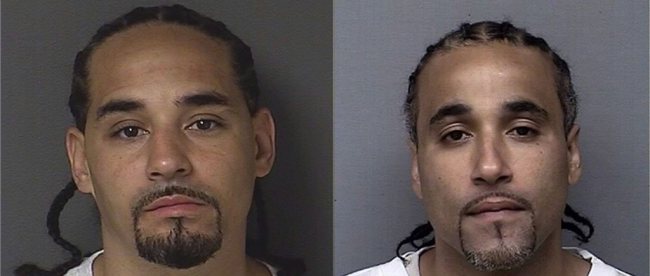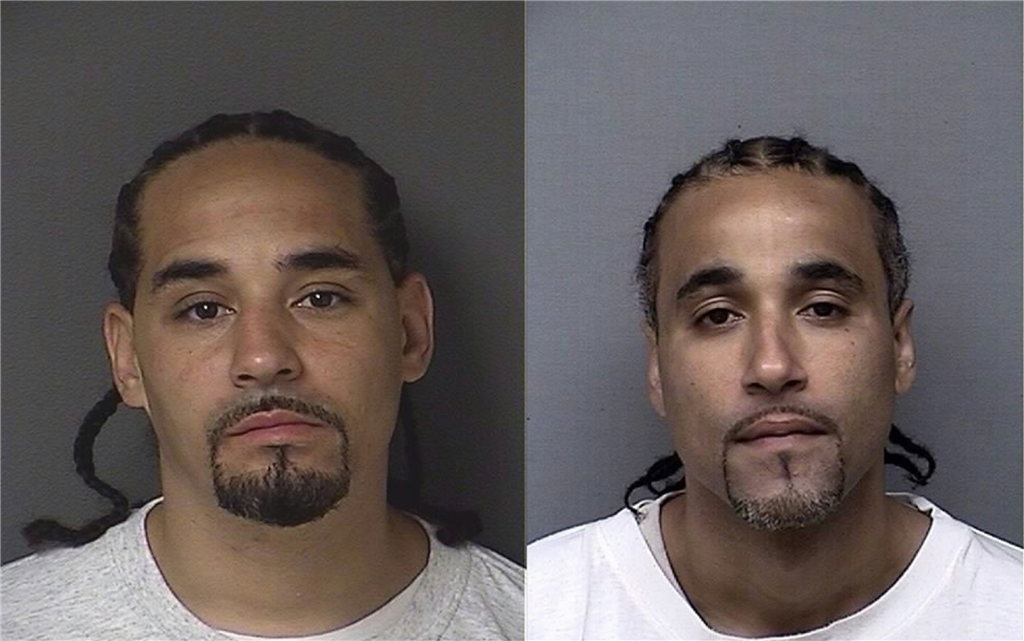The Wrong Richard at the Wrong Time

It was 1999. The location: Kansas City, Kansas. The crime? As CNN described it, a “trio of crack smokers looking for drugs” met up with some guy named Rick — maybe it was Ricky, maybe Richard — looking for a fix. Rick needed to come up with some cash, first. So he made his way to a local Walmart parking lot and tried to grab someone’s purse. His victim fought back, scraping her knees in the process but holding onto her bag. Rick made off with her cellphone.
The victim and a witness came down to the police precinct and gave a description of the thief. From that description, cross-referenced with people named “Rick” or variants thereof — the police came up with a handful of mugshots to show them. Both witnesses pointed them to the same guy: Richard Jones, who lived in neighboring Kansas City, Missouri. Jones was brought into the station and placed in a lineup (one his lawyers would later question as acceptable, as, they claim, he was the only light-skinned person offered), and was ultimately convicted of aggravated robbery.
For nearly 17 years, Jones — incarcerated — claimed innocence. And while that sounds like something anyone in prison would claim, Jones’s case had a little more to it — and he ended up with an ally. Jones’s conviction was based primarily on eyewitness identification, something which can (and often does) result in erroneous outcomes. And there was a reason to believe that, in this matter, the ID was particularly weak — the victim that evening, per the Kansas City Star, repeatedly told investigators that she “didn’t get a good look at [her assailant’s] face.”
Jones solicited the help of the Midwest Innocence Project, a group which aims to identify and free those who are wrongly convicted. And they agreed to help. But this isn’t a situation where DNA evidence or something else exculpatory is was likely to pop up. Rather, in cases like these, one typically needs another suspect in order to reverse the conviction. And that rarely happens.
But Jones’s case had another chapter. While in prison, per CNN, another inmate told him that there’s “a guy named Ricky who lives in Kansas City, Kansas, who looks just like you.” An intern at the Innocence Project tracked down a mugshot of the other Ricky — Ricky Amos — and compared it to that of Richard Jones. Here’s the result:

That’s Amos on the left and Jones on the right. Both were approximately 6′ tall and 200 pounds when arrested; one was born in 1977 and the other in 1978. And it should go without saying that they look a lot alike at first glance. One could imagine, therefore, that to the victim, either of the two men above could have been the malfeasor that night at Walmart. That made her ID a shaky one at best, and hardly a reason to keep Richard Jones in prison.
That’s what Jones’ attorneys argued, at least, and the judge agreed, vacating the guilty verdict. The local district attorney declined to re-filed the charges, and Jones was set free.
Amos was never charged with the crime, though. There wasn’t any other evidence that he committed it — and he denied it — and therefore, charges were never brought against him.
Bonus fact: Why is “Dick” sometimes a nickname for someone named “Richard”? The story isn’t nearly as PG-13 as one might have hoped. According to Mental Floss, “In the 12th and 13th centuries, everything was written by hand and Richard nicknames like Rich and Rick were common just to save time. Rhyming nicknames were also common and eventually, Rick gave way to Dick and Hick, while Rich became Hitch.” Dick, unlike Hitch, stuck around over the generations.
From the Archives: Richard Parker: Another wrong Richard at the wrong time.Multiple times, in fact.
